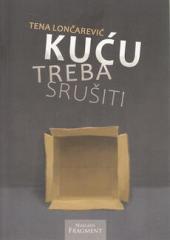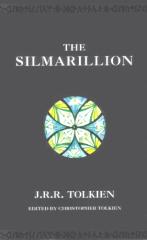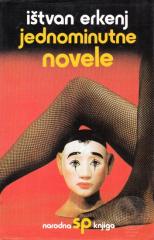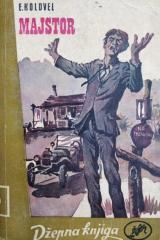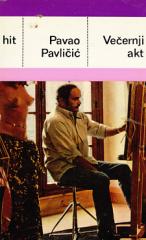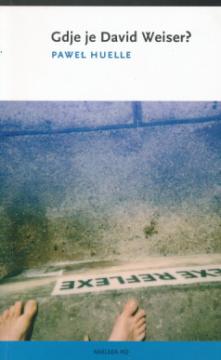
Gdje je David Weiser
„Wo ist David Weiser?“ ist ein Roman von Pawel Huelle, der nach einem dreijährigen „Bunker“ in Polen 1987 veröffentlicht wurde und von lokalen Kritikern schnell zum „Roman des Jahrzehnts“ sowie zu einem nationalen Klassiker erklärt wurde.
Wo ist es? oder vielleicht Wer ist es? Ein Junge, der die Wälder rund um Danzig der Nachkriegszeit und das Leben seiner Schulkameraden in eine Bühne gefährlicher Spiele verwandelt, in denen sich das Schicksal ganzer Nationen, aber auch jedes einzelnen von uns widerspiegelt, ist nur die erste, anfängliche Frage von seinem Autor in diesem außergewöhnlichen Roman gestellt. Alles, was kommt, wird dann vom Leser gestellt und er wird wiederum entdecken, dass keine Antwort wertvoller ist als der Weg, der zu ihr geführt hat.
Der Roman thematisiert das Heranwachsen einer Gruppe von Jungen in der turbulenten Nachkriegszeit und ist eine weitere Bestätigung dafür, dass die Kindheit eine unerschöpfliche Quelle der Inspiration und Ausgangspunkt künstlerischen Schaffens ist, mit deren Thematisierung Autoren oft ihren kreativen Höhepunkt erreichen.
Angeboten wird ein Exemplar
